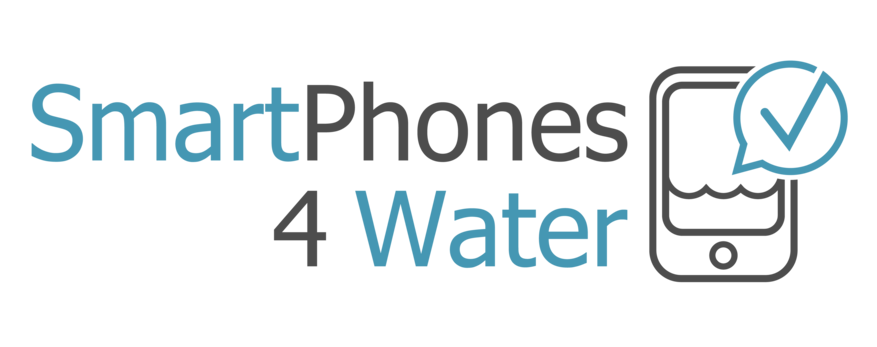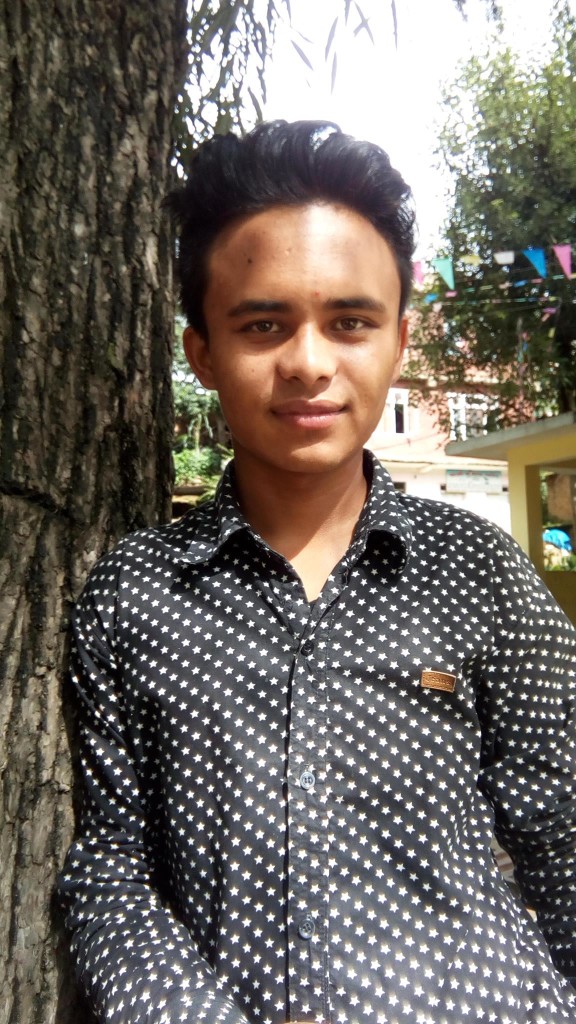Meet Pawan Giri
Posted on September 27, 2017
We’re excited to present our third interview with one of our citizen scientists that we have the privilege of working with to collect important data about water resources in the Kathmandu Valley! Hope you enjoy 🙂
Q: What is your name? A: My name is Pawan Giri.
Q: How old are you? A: I’m 21 years old.
Q: Where were you born? A: I was born in Tikabhairab , Lalitpur.
Q: Where do you live in the Kathmandu Valley? A: I live in Tikabhairab, in the Lalitpur District.
Q: Can you walk us through a typical day of life? What are the activities you’re doing? A: I don’t have a job currently, but S4W has provided me with a part time job as a citizen scientist.
Interviewer’s Note: S4W-Nepal is thankful for the opportunity to provide small employment opportunities to people like Pawan in a way that adds value to their lives, improves our understanding of Nepal’s water resources, and thus benefits society in general.
Q: Can you tell us a little bit about your family? A: I have one sibling, a younger sister. I live with my father, mother, and her.
Q: What is (or was) your favorite subject in school? A: Nepali is my favorite subject.
Q: Can you tell us about a favorite moments of yours? A: My favorite moments of my life are from when I was in school.
Q: How did you hear about the S4W-Nepal project? A: I met some members of the S4W team while they were completing a flow measurement in the Nakkhu River near my house. They described the project to me, and when I learned that there was an opportunity to participate, I eagerly joined the movement as a citizen scientist.
Interviewer’s Note: Within the Kathmandu Valley, the Nakkhu River is one of most “pristine” watersheds remaining. Population in the lower watershed is growing quickly and agricultural diversions have greatly increased in the last 10 to 20 years. Many locals recall the times when they used to swim and fish in the Nakkhu River at the Nakkhu Pul (i.e. bridge) upstream of the confluence with the Bagmati river, even in the dry season. Now, the river is essentially dry for several months of the year.
Q: What has been your experience as a citizen scientist with S4W so far? A: It has been fun to learn about water resources. I have been involved in this project as a citizen scientist and it’s been a great experience for me. I am collecting precipitation, water level, and water quality data. I believe preserving groundwater for the future is important.
Pawan is playing a critical role in S4W-Nepal as a citizen scientist. Each day, Pawan uses an Android application called Open Data Kit (ODK) to record rainfall collected by an inexpensive locally made rain gauge (each costs about $1.50) and to record water level as seen on a gauge installed in the Nakhhu River near his house. Pawan is motivated to participate in the project because he feels a sense of responsibility and because he can earn an extra 65 rupees (roughly $0.65) every day through recording observations of precipitation, water level, and water quality (25 rupees are awarded for every precipitation measurements and 40 rupees for water level, temperature, and electrical conductivity (EC) measurements).
S4W-Nepal is a collaboration between S4W-USA, Himalayan Bio-Diversity and Climate Change Center (HimBioCliCC), Tribhuvan University Institute of Engineering (TU IoE), Kathmandu Institute of Applied Sciences (KIAS), Delft University of Technology, the Swedish International Development Agency, and Stockholm University. Water is our most precious resource. Lord Kelvin, a famous Scottish mathematician, once said, “you can’t manage a resource you don’t measure.” S4W-Nepal’s goal is to generate the data necessary to support wise water management decisions. S4W aims to accomplish this with a three pronged approach of Research, Education, and Employment. This project in the Kathmandu Valley is our first project.

